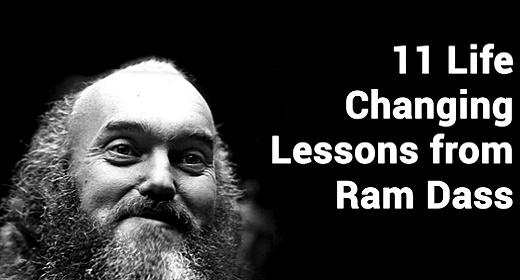by Kino MacGregor: The moral and ethical principles that are the foundation of yoga practice—the yamas (social restraints) and niyamas (self-disciplines)—are especially important to follow this time of year…

Here’s how to put them into practice.
Across the United States, this week marks the official beginning of the holiday season. We usher in the festivities with decorations, shopping, gift-giving, parties, and family gatherings. Along with the usual seasonal fanfare is the unwelcome stress of holiday traffic, busy malls and shopping streets and facing unprocessed familial tension.
This time of year can also bring up loneliness, when feelings of loss surface and many are left to confront wounded relationships. If this is the case, it can be tempting to draw inward and retreat into the unhealthy inner worlds of depression and grief. While the holiday season is meant to be celebratory, the truth of the matter is that the holidays can be a lot to handle.
While I’m a yogi every day of the year, it’s times of heightened stress that I fall back on my practice to support me. When I’m standing in long lines or stuck in traffic, I choose to breathe instead of fuming with impatience. When my Instagram becomes inundated with Black Friday “deals” encouraging me to buy more, I focus on compassion, kindness, and forgiveness instead of letting the seeds of consumerism and bitterness into my heart.
It’s often during the busiest times of years that we place ourselves last and routines of self-care fall by the wayside. During the holiday season, the best way to navigate the murky territory of identity, emotion, and stress is to maintain a regular practice, both on and off the mat. And a great place to start is to study the yamas—the social restraints that ask yogis to avoid violence, lying, stealing, wasting energy, and possessiveness. (The five niyamas, or self-disciplines, ask us to embrace cleanliness and contentment, purify ourselves through heat, continually study and observe our habits, and surrender to something greater than ourselves. And I’ll talk about how to put those into practice next week!)
Yoga is so powerful because it is more than just a physical practice. Yoga is effective because of the inner transformation that happens when you practice—and studying and practicing the yamas can help fast-track that work.
Whether you are a seasoned practitioner or brand-new to the practice, diving into the practical application of the yamas will give you an anchor of peace during this holiday season.
How to Put the Yamas to Practice This Holiday Season
Yama: Ahimsa
Definition: Non-violence
Practice: If you don’t already have a seated meditation practice, I invite you to cultivate one by sitting for as little as 5 minutes a day. Spend a few minutes each day practicing loving-kindness meditation: Start by sending love, peace, joy, and forgiveness to yourself. Then, extend your heart and send those same blessings to a friend or family member. Finally, extend the same feelings to all beings—human and non-human—all over the world and all through the universe. Once you get established in the practice of loving-kindness meditation you can do it anywhere. As you’re on the way to that holiday gathering, practice generating loving-kindnesstowards yourself and everyone who’ll be there. As you wait in long line at department stores, generate loving-kindness towards yourself and all other shoppers and employees.
Yama: Satya
Definition: Truthfulness
Practice: It can be tempting to put on a happy face and say you’re “fine” this time of year—even when you’re not. However, doing this creates emotional distance between you and the world. Try being honest in an authentic way. If you’re having a bad day and someone asks you how you’re doing, tell the truth. Be brave enough to say that you’re having a bad day, and then see what happens. After all, truthfulness opens the door for honest connection. You might be surprised to find compassionate responses as you share your vulnerability with the world.
Yama: Asteya
Definition: Non-Stealing, Non-Appropriation
Practice: It can be so easy to feel jealous of others’ happiness. It sometimes feels like there’s a limited amount of happiness in the world and when others are happy, it can seem like they “stole” our happiness. Yet jealousy is vicious cycle that leads to a dead end. To help curb that state of mind, practice sympathetic joy: Choose someone you love like a child and celebrate their happiness. Then, expand your heart and see everyone in your town happy. Finally, hold in your heart the person who brings up your jealousy the most and freely send that person the happiness, success, and joy that you desire. Then, bring your mind back to your heart and feel the freedom.
Yama: Brahmacharya
Definition: Sexual Continence
Practice: This yama is often translated as celibacy. There is, however, more to this than abstinence. Only renunciant yogis who have taken vows of celibacy should think about maintaining abstinence as their commitment to Brahmacharya. For most yogis, it may be best to think about Brahmacharya as an act of valuing and honoring the committed relationships in your life. If you’re in a committed relationship, take on gratitude as a daily practice and express it in actions. Starting today, think of at least one thing that you are grateful for about your partner and thank that person for it. Commit to expressing your gratitude every day throughout the entire holiday season (and perhaps beyond!). If you’re not in a committed relationship, turn your sense of honor inward and think of one thing that you are grateful for about yourself each day. Then, look in the mirror and thank yourself for that.









































